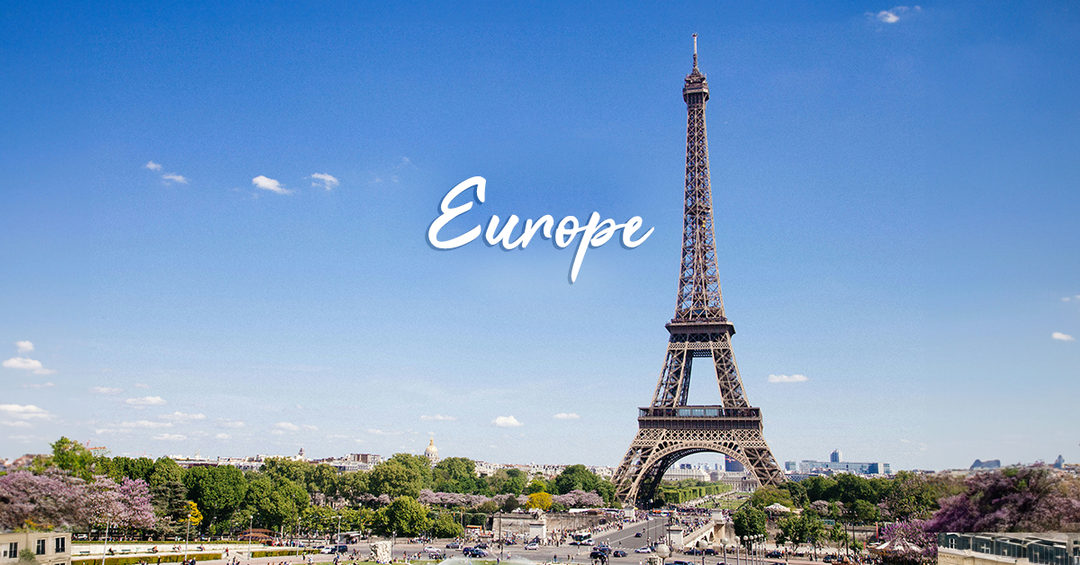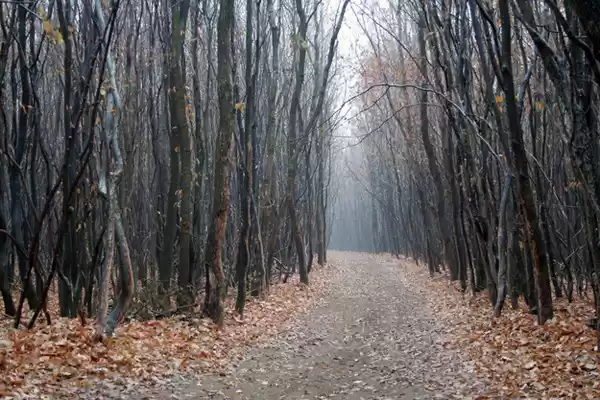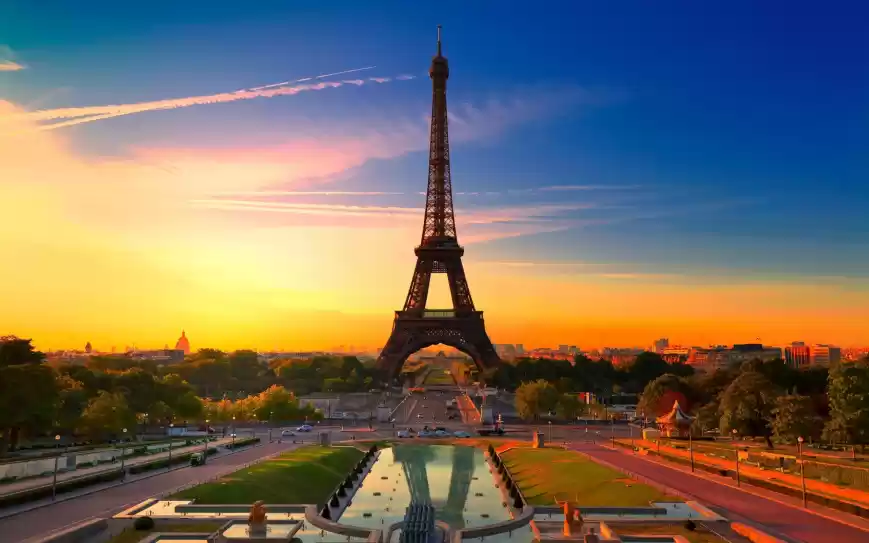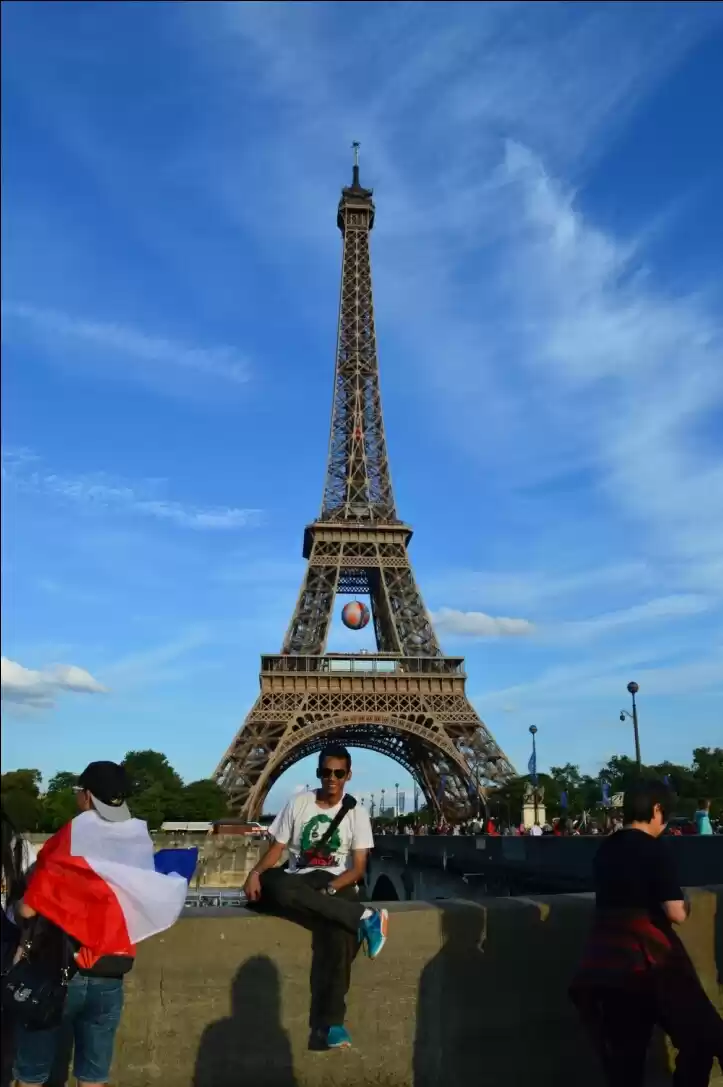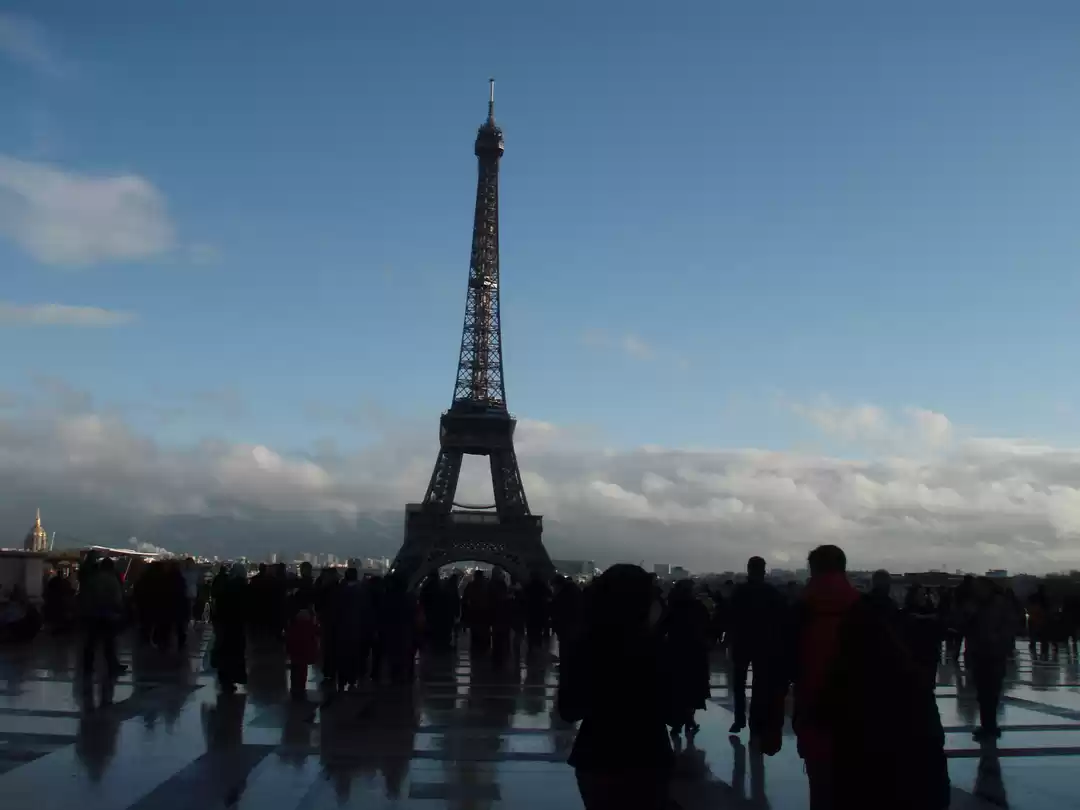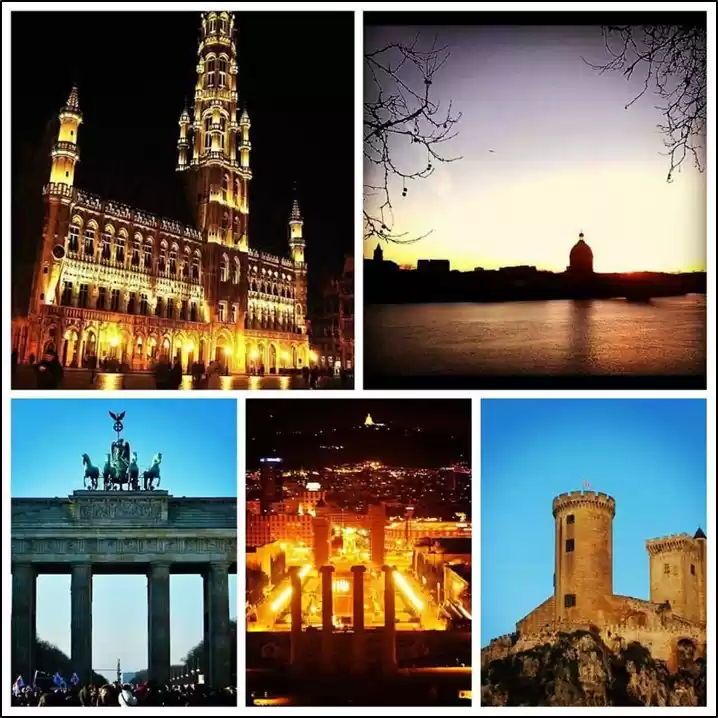
Paris- the City of lights and love. A city where the sparkling Eiffel tower bestows its brilliance upon the young and old in love. A city that is considered to be one of the most romantic getaways in the world, with its breezy sidewalk cafes and French air about it, making it a perfect honeymoon destination. And yet, did you know that this very city also harbors some dark and mysterious secrets? That is, if you care to look beyond all the glitz and glam above the ground. Buried deep down in the arcane under-passages of this city are stories that have been lost in the folds of time. Stories that are stuck in gloomy vaults. Tales waiting to be told, of forgotten times and travails. This is the Catacombs- the underground labyrinth that spells out 2000 years of history. And the true essence of this unique structure is best experienced by undertaking the Catacombs tours conducted here.
As I passed lower and lower into the recesses, the environs took on an esoteric look. I was after all, entering into a world down under, quite literally, some 20 metres below the ground. A world far removed from the pretty perkiness of Paris. For, this was an ossuary which housed the remains of millions of Parisians from the times of the late eighteenth till the mid-nineteenth centuries. As I descended, one step at a time through the 130 steps descent, my mind conjured up images of a different and deathly Paris. But imagination can be limited, or so I learnt. What I was to encounter was a striking revelation of not only the history of this now thriving city, but also a peep into the geological past of this region.
Former stone quarries revealed themselves, as I embarked on this 2-km long winding walk through the ossuary. The stone from these quarries was once used to build the French capital, leaving hollow passageways in a seemingly impenetrable network. The geological marvel arises from the fact that about forty-five million years ago, Paris was surrounded by tropical seas, leading to sedimentation of limestone deposits. It was this limestone that was discovered, and used by magnificent civilizations to establish their cities, including Paris. Even today, mesmerizing specimens of limestone architecture are seen in Parisian hallmarks such as the Notre-Dame Cathedral and the Louvre. One can say that Paris came to stand up to what it is today, thanks to the incessant and ongoing mining activity that was carried out at these sites over the centuries. As I walked along the narrow passage lit by the yellow lamps, I came across many supporting pillars, bell-shaped roof cavities, quarrymen's footbaths and Port-Mahon sculpture galleries- all indicative of this fact.

While I was dwelling upon all this information about how the quarries came into existence, I further forayed into the dark by stepping through an entrance outlined with a unique verse "Arrête, c'est ici l'empire de la mort" or “Halt, this is the realm of Death”. What a way to welcome a visitor, I thought. This was to be just the beginning of an extensive series of maxims, poems and other sacred and profane passages giving pause for thought during the tour. With curiosity in full throe, I continued the walk through the narrow hallway. Each of the bends brought with them intriguing surprises. Somewhere there appeared a pillar made up of stacked-up skulls, and other times there was some elaborate artwork. A look at all this made me shudder, it was not as much a function of the constantly cool temperatures down there, as much as it was about the air around. I learnt that the stories of the ossuary formation went back in time. The city cemeteries were proving to be health hazards and there was a dire need to dispose off dead human bodies in a non-intrusive way. That is when the idea of using these stone quarries as disposal areas occurred. It was on 7 April 1786, that the first transfers happened from the graveyards to the ossuary. It took the whole of two years to transfer all the bones from the cimetière des Innocents graveyard, which was then the largest in Paris. Between 1787 to 1814, further transfers of bones were carried out here from other Parisian parish graveyards to the Catacombs. It was only in 1814 that the site was made accessible to visitors after much construction work, a decision taken by the then Inspector of Quarries, Héncart de Thury. In my mind, I could not help but thank the visionary official who had this foresight, which now allows visitors like me an unforgettable experience.

All is not morbid in the Catacombs, if one looks carefully. These underground passageways house the who’s who of Parisian social life. As I passed the tomb-stones of famous men and women, I reflected on the richness of Parisian history- its rendezvous with arts, culture and all things of beauty. Seen were the tombs of the writers François Rabelais and Jean de La and Charles Perrault, sculptor François Girardon, famous painter Simon Vouet and architects, Salomon de Brosse and Claude Perrault. If one looks at the Catacombs from this different angle, a visit to the Catacombs can be one of the most insightful encounter with Parisian society of yesteryears. This unusual site movingly brings the history of the Parisian people back to life and takes visitors on a timeless journey. The tour is only a brief peek into this past, spanning a few passageways and lasting for about 45 minutes. Spread across about 11,000 square metres across the underground length and breadth of the city, the ossuary is still largely inaccessible.

What further secrets does this inaccessible maze hold? What learnings from the past can its formation gift to the present? As I climbed up the 83 steps to the exit, I mulled over the distinct contrast that Paris harboured- from these deathly hollows to the pretty promenades of the Seine. I would maybe rename it to be a city of contrasts!
How to Book: You can pre-book your tickets online at http://www.catacombes.paris.fr/en/homepage-catacombs-official-website. Working hours are from Tuesday till Sunday from 10 am till 8:30 pm, with the last entry at 7:30 pm.
Things to Know:
Visitor numbers are restricted to 200 at any time.
The tour is unsuitable for people with heart or respiratory problems, those of a nervous disposition and young children. The Catacombs are not accessible for persons with reduced mobility. Children under the age of 14 must be accompanied by an adult.



